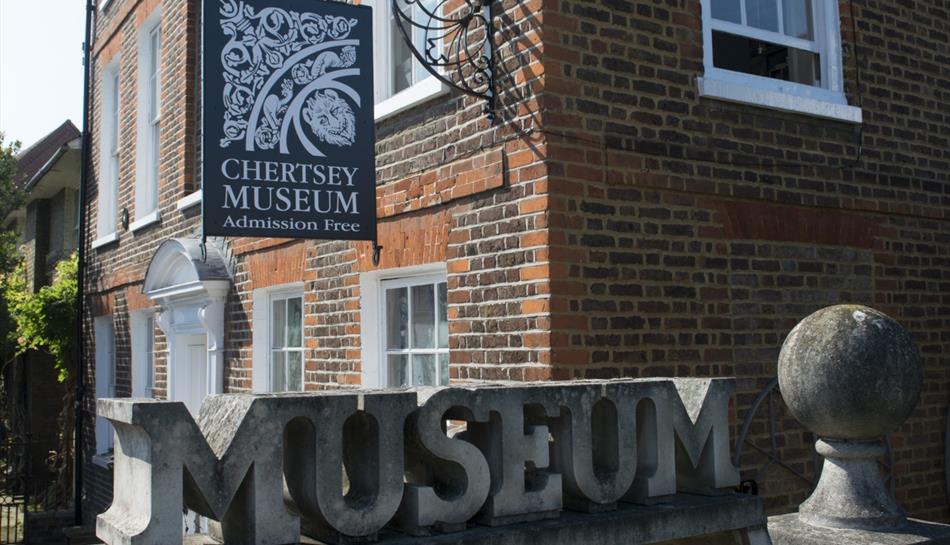Improving access to museums for vision impaired visitors.
Recently I have been working with Watts Gallery and the Chertsey Museum on two of the most challenging questions for a museum to answer.
1.How do you make exhibitions accessible for vision impaired visitors.
2. How do you encourage more of them to visit?
In this blog, I try to come up with some possible suggestions.


Training for staff and volunteers
Comprehensive vision impairment awareness training is always the place to start. We often think of accessibility in terms of physical infrastructure. For example, does a museum have accessible toilets or parking spaces? But in reality, accessibility is as much about the awareness and attitude of staff and volunteers as it is about physical infrastructure. Awareness training, whilst being a lot of fun, empowers your staff and volunteers to welcome vision impaired visitors with the required confidence, awareness and empathy.
Bespoke guided tours
For understandable reasons, much of a museum’s content is behind glass and in some cases, certain exhibitions bring with them restrictions in terms of lighting level to protect, for example, fragile works of art. By offering bespoke guided tours, museums can describe exhibitions in more detail, temporarily adjust lighting levels if required, provide hands-on experiences via other senses such as touch and smell and engage more effectively with what is a growing section of society.
Accessible websites
With more and more information being accessed online, having an accessible website is crucial to a museum’s chances of encouraging more vision impaired visitors. The Web Content Accessibility Guidelines provide the governing framework for website accessibility. But some key questions to consider include:
- Does your website have a clear and logical structure?
- Is your website accessible on a range of devices using a range of assistive technology?
- Does your website contain key information, such as how to get to your museum via public transport?
Audio Guides
Audio guides can be found in many museums and in many cases, these are based on downloadable smartphone apps. Audio guides are a vital part of the museum experience. However, there can be cases where an audio guide assumes that the listener can see the item being discussed, which of course is not always the case.
A great example of an accessible audio guide is at the Titanic Belfast, where they have designed a bespoke audio guide for blind and vision impaired visitors. The key difference between this and a ‘conventional’ audio guide is the more detailed description of an exhibition’s contents. Creating bespoke audio guides can be expensive, particularly for smaller museums. But an audio guide designed in such a way that not being able to see what is there is no barrier will be a major step towards ensuring a positive visitor experience for those with a vision impairment.
